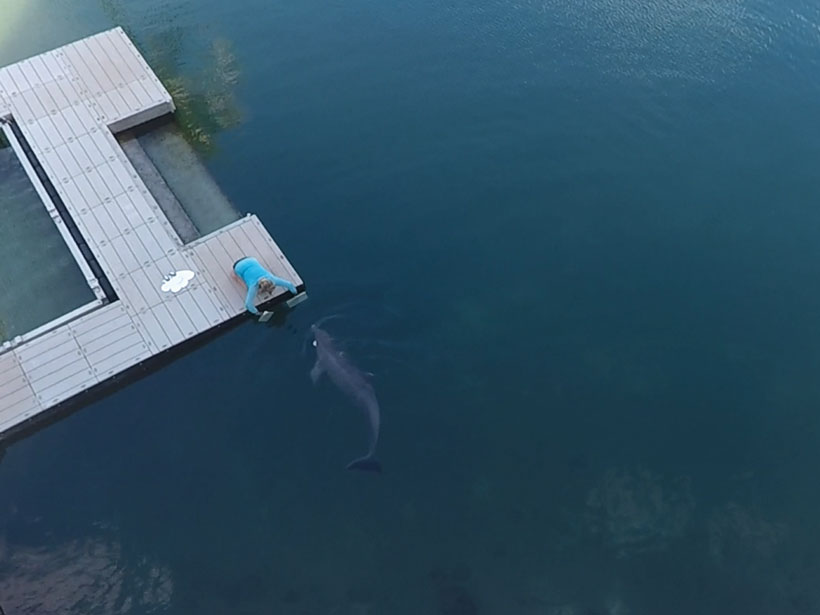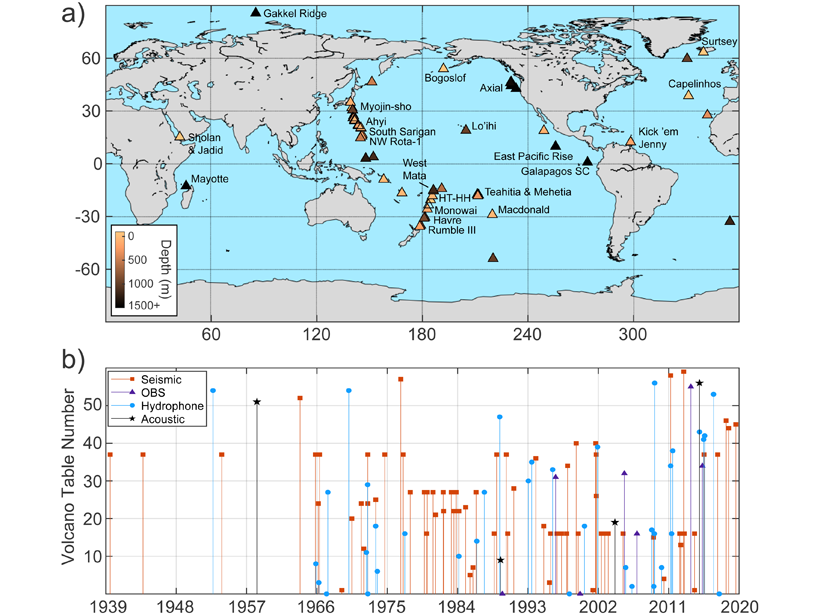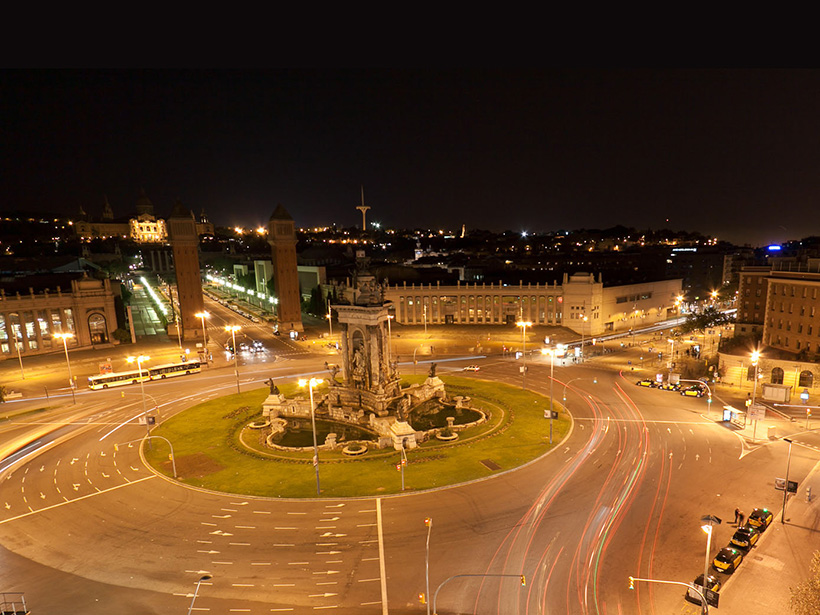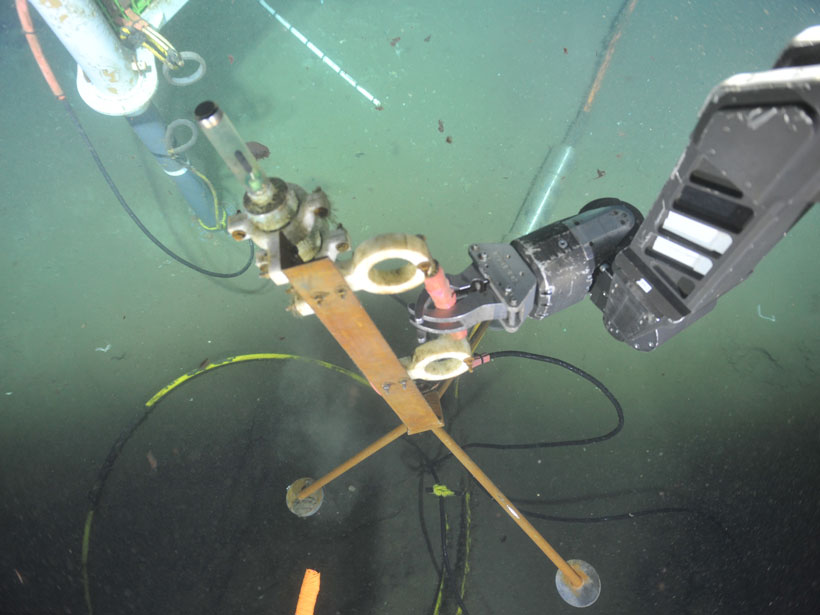Solar-powered hot-air balloons, floating 2.5 times as high as Mount Everest, detected a buried explosion more clearly than ground-based sensors did.
acoustics
Autonomous Vehicles Could Benefit from Nature
A team of researchers at the University of Michigan is looking to animals to find new ways for autonomous vehicles to navigate through the environment.
Unravelling Sands and Muds Suspended in Coastal Environments
A new study uses the response of optical and acoustic measurements to derive a sediment composition index for prediction of the relative fractions of mixed sediments in suspension.
Earthquake Rupture Solution is Up in the Air
Perhaps the most complex earthquake rupture ever studied is further constrained by signals from Earth’s ionosphere.
A Comprehensive Review of Submarine Volcano Seismoacoustics
Although most of Earth’s lava erupts beneath the oceans, submarine volcanoes are comparatively understudied, but a new review of submarine volcano seismoacoustics provides a framework for future work.
Monitoring Seismic Vibrations During a Pandemic
Researchers in Spain monitored variations in seismic noise across Barcelona as the city locked down during the pandemic, clarifying the seismic band associated with human activity.
Measuring Ambient Ocean Sound During the COVID-19 Pandemic
An expanded nonmilitary hydrophone network provides new opportunities to understand the variability and trends of ocean sound and the effects of sound on marine organisms.
Podcast: Songs of the Arches (with Helicopters)
Utah’s famous bridges and spires hum with a deep, earthly music, just below the threshold of human perception.
Birds Sang a New Song During the Pandemic
White-crowned sparrows in the San Francisco Bay Area sang differently during California’s COVID-19-induced shutdown, recordings have revealed.
Earthquakes Reveal How Quickly the Ocean Is Warming
By timing sound waves set in motion by earthquakes, scientists have estimated that the Indian Ocean is warming by roughly 0.044 K per decade.










